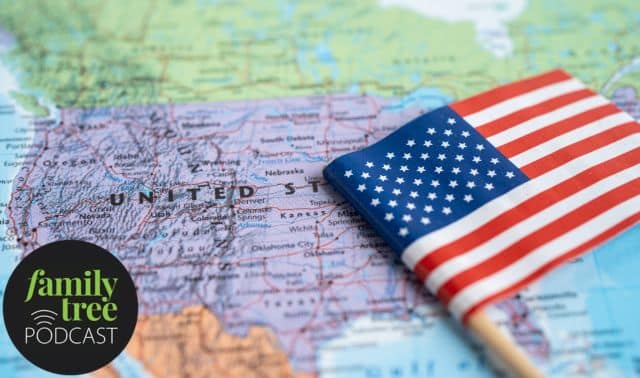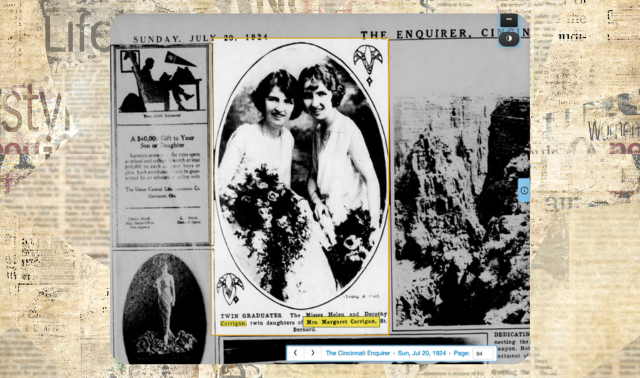When our ancestors tucked in their children with the wish, “Sleep tight, don’t let the bedbugs bite,” they weren’t speaking metaphorically. The tightly woven ropes that held a mattress in place, laced in a lattice pattern, would stretch and sag with use and had to be periodically pulled taut. Bedbugs, of course, were all too common sleeping partners—as they are becoming again. Cast-iron and brass bed frames were developed because they proved less hospitable to insects than wood. Brass beds also had the advantage—which some savvy manufacturers advertised—of being easier to disassemble and reassemble for regular de-bedbugging of the mattress and linens.
People have been struggling to get a better night’s sleep since at least the Neolithic period, when early humans built primitive “mattresses” of piled leaves, grass or straw topped with animal skins. The ancient Persians slept on the first water beds—goatskins filled with water. Egyptian pharaohs enjoyed the luxury of pallets raised off the ground—Tutankhamen was tucked in on a bed of gold and ebony—while their subjects settled for a heap of palm boughs in a corner of the house.
What we might recognize as a mattress first appeared in the Roman Empire, where the wealthy slept in beds decorated with gold, silver or bronze and topped with mattresses stuffed with feathers, wool, reeds or hay.
Not much progress was made in mattress technology between the fall of the Roman Empire and the rise of the Renaissance. We did get the word mattress thanks to the Crusades, who brought back the Arabic idea of sleeping on cushions thrown on the floor—along with the word matrah, meaning “mat, cushion” (derived from taraha, meaning “to throw”).
But sleepers in the 16th and 17th centuries were still tossing and turning atop mattresses stuffed with straw, cotton, wool, horsehair or coconut fiber. By then, mattresses were more commonly placed on a timber and rope or leather frame, and they began to be covered in finer materials such as linen. And a bed was likely the most valuable thing a family owned; a canopied bed in Elizabethan England might cost half a schoolmaster’s annual salary. The family’s finest bed was often reserved for visitors and kept downstairs where it could be shown off. (Author Bill Bryson speculates that this explains why Shakespeare famously willed his second-best bed to his wife, Anne: This would have been their marital bed, “and therefore the one with the most tender associations.”)
In the 19th century, Goodholme’s Cyclopedia ranked possible mattress-stuffing materials in descending order of comfort: down, feathers, wool, wool flock, hair, cotton, wood shavings, sea-moss, sawdust, straw. Dried cornhusks, which didn’t even make the list, were the bane of young Abraham Lincoln’s bedtime. Wool, though pricier and more comfortable, tended to become infested with moths, for which the only cure was a tedious process of removal and boiling. Some families hung cow dung from the bedpost in the belief that the smell would repel moths.
But moths were the least of our ancestors’ bedtime worries. In addition to bedbugs, fleas, mice and rats were regular nocturnal visitors. Some people took all their shoes to bed with them at night, to throw at rats that came too close.
Sleepers in the 19th century also fretted about “impure air” and “animal impurities” mysteriously exuded during slumber. One medical expert warned, “The air which surrounds the body under the bed clothing is exceedingly impure, being impregnated with the poisonous substances which have escaped through the pores of the skin.” Another estimated that 40 percent of the deaths in the United States could be blamed on such noxious vapors.
As Bryson points out in his book At Home (Anchor), beds were also hard work. Including the mattress, pillows and bolsters, a feather bed might contain as much as 80 pounds of feathers, all of which had to be aired out or changed entirely several times a year because they began to stink. Some families kept whole flocks of geese just for the purpose of plucking them for fresh bed stuffing.
The modern mattress and box spring became possible only after the 1857 invention of the steel-coil spring, which was first patented for use in chairs.
In 1871, Heinrich Westphal developed the first innerspring mattress. He never profited from the invention, however, and died in poverty. More than 60 uncomfortable years would pass before innerspring mattresses began to catch on with the sleeping public. Even into the 1950s, many mattresses were still stuffed with cotton rather than containing springs. While innerspring mattresses tend to soften with use, cotton mattresses compact and become harder.
After World War II, returning GIs stocking their new suburban homes discovered the comforts of innerspring mattresses. Brands such as Simmons, Sealy, King Coil and Restonic became familiar names. Both king- and queen-sized beds gained popularity as alternatives to the puritanical twin bed.
Other innovations aimed to give American consumers a good night’s sleep, or at least to make bedding more convenient: the futon in the 1940s, foam-rubber mattresses and pillows in the 1950s, and the modern water bed in 1968. Latex, developed by Dunlop in 1926, became popular for covering mattresses as well as pillows.
“Memory foam” was developed in the 1970s at NASA’s Ames Research Center in hopes of cushioning astronauts against the G forces of liftoff. This full-body “shock absorber” softened as it absorbed body heat, distributed weight evenly and adapted to movement, and then bounced back to its original form. Memory foam was never actually used in space, however, and issues with durability and fumes (a problem in confined space capsules) led NASA to jettison the project.
Fagerdala World Foams, a Swedish company, bought the memory-foam technology and spent most of the 1980s perfecting it. Finally, in 1991, the newfangled mattress was unveiled to sleepy Swedes. Tempur-Pedic introduced memory foam to North America in 1992.
The latest twist in bedding, the “no-flip” mattress, was invented by Simmons Bedding Co. in 2000.
Our ancestors, who once had to hand-tighten their bed frames and pluck goose feathers for their own mattress stuffing, might think today’s sleepers are a tad spoiled.
Fun facts
- Louis XIV of France owned more than 400 beds and often held court in the royal bedroom.
- Science-fiction writer Robert Heinlein designed a water bed while a hospital patient in the 1930s, but never attempted to market his invention
- On the “I Love Lucy” TV show, Ricky and Lucy slept in twin beds that were pushed together on the same box spring for the first two seasons. After “little Ricky” was born, CBS ordered the beds separated.
- San Francisco State University student Charles Prior Hall invented the modern water bed, which he called “the pleasure pit.” He first tried filling it with cornstarch, then Jell-O
From the March/April 2013 issue of Family Tree Magazine




